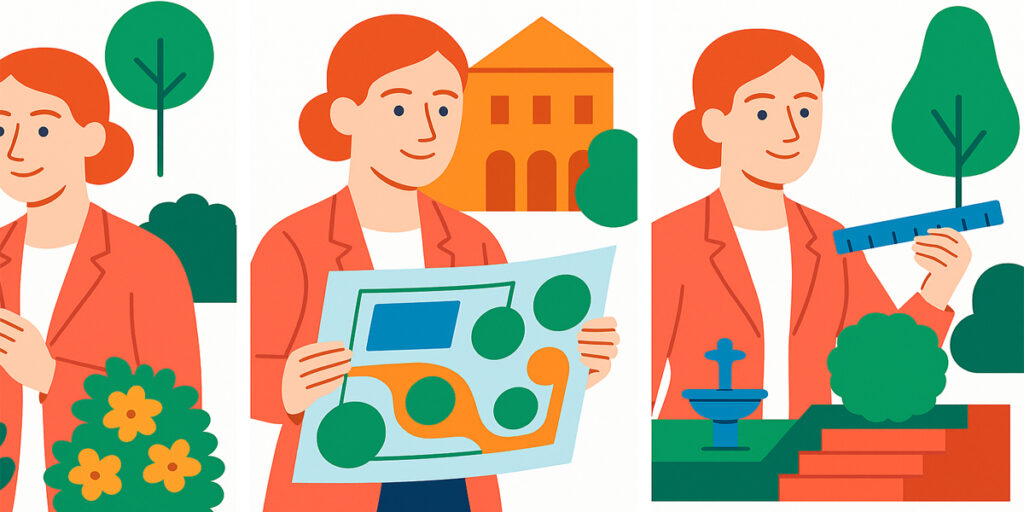Beneath the gentle skies of rural England in the spring of 1910, a girl entered the world destined to reveal the hidden architecture of life’s tiniest wonders. Her name was Dorothy Crowfoot Hodgkin. She wasn’t raised chasing applause or dreaming of grand stages. Instead, her childhood was filled with quiet awe—fascinated by crystals, curious about nature, and enchanted by the secrets hiding in plain sight. Books became her companions, science her playground. For Dorothy, it was never about speed or spotlight—it was about patiently uncovering the truth, guided by a calm heart, a sharp mind, and a deep love for discovery.
Dorothy’s early life was shaped by two great forces: knowledge and compassion. Her parents were teachers, thinkers, and adventurers. Her father studied ancient cultures, and her mother loved art and botany. They traveled often, even living in Egypt and Sudan for a time, but Dorothy returned to England for school. It was there, during a chemistry lesson, that her fate was sealed. She looked through a microscope at tiny crystals and knew—deep in her bones—that this was her path. She wasn’t drawn to chemistry because it was easy or glamorous. She was drawn to it because it was a key—a key that could unlock the mysteries of life.
She went on to study at Somerville College, Oxford, one of the few places where women could receive a proper scientific education at the time. Even there, she had to fight against expectations. In the early 20th century, science was still considered a man’s world. Laboratories were filled with men in white coats, and many doors were closed to women. But Dorothy didn’t ask for permission. She simply walked through those doors with quiet determination, setting up her own small lab, running experiments late into the night, and proving—again and again—that brilliance has no gender.
Her true gift lay in X-ray crystallography—a method used to study the structure of molecules by looking at the patterns made when X-rays hit them. This technique was difficult and time-consuming. It required patience, mathematical precision, and the ability to think in three dimensions. But to Dorothy, it was like solving a beautiful, invisible puzzle. She would grow old with this method, perfecting it, pushing it, and using it to change the world.
Her first major success came during World War II, when she helped determine the structure of penicillin, the life-saving antibiotic. The world was desperate for a cure, and Dorothy worked tirelessly. She didn’t just find the answer—she revealed the shape of the molecule in stunning detail, making it possible for others to manufacture it more efficiently. This was not just a scientific breakthrough; it was a triumph of compassion. Her work saved millions of lives.
Next came vitamin B12, a complex molecule essential for human health. Scientists all over the world were struggling to understand it. It took Dorothy six years of effort, a mountain of calculations, and the help of her small team of researchers. When she finally revealed its structure, it was like cracking a code written in the language of life. For this achievement, she was awarded the Nobel Prize in Chemistry in 1964—the first British woman ever to receive it.
But even after the Nobel, she did not stop. She turned her attention to insulin, a hormone vital for people with diabetes. This molecule was even more complicated than the ones before. But Dorothy was never afraid of complexity. She once said, “I was captured for life by chemistry and by crystals.” That passion gave her strength. With age, her hands grew stiff from arthritis, and her movements slowed. But her mind stayed sharp. Even when writing became painful, she continued to work, often dictating her ideas or using one good finger to type.
What made Dorothy truly remarkable was not just her mind, but her heart. She was never interested in working alone or winning all the glory. She believed science was a team effort—a human story, not a solo race. She supported young researchers, welcomed women into her lab, and built bridges across borders and politics. Even during the Cold War, when the world was divided, she reached out to scientists in Russia, China, and beyond. She believed that truth belonged to everyone.
She also carried her values into her personal life. She married Thomas Hodgkin, a historian and activist, and together they raised three children. Dorothy was not just a scientist; she was a mother, a mentor, and a global citizen. Her kitchen was filled with laughter, and her notebooks with complex diagrams. She could explain the structure of a protein as easily as she could listen to a child’s dream. To her, both were worthy of attention.
Her humility was legendary. Despite winning the highest scientific honors, including the Nobel, Dorothy never saw herself as superior. She once described her life’s work as “accumulating bits of knowledge” and felt honored to play her part in the vast tapestry of science. In her later years, she became president of the Pugwash Conferences, a group of scientists and thinkers dedicated to peace and disarmament. She believed that knowledge should serve humanity, not destroy it.
She died in 1994, leaving behind a legacy that can’t be measured only in awards or discoveries. Her true gift was her spirit—a rare blend of intellect, empathy, and vision. She showed the world that science can be graceful, that a quiet woman can move mountains, and that the search for truth is one of the most beautiful journeys a human being can take.
Dorothy Crowfoot Hodgkin did not seek the spotlight. She sought understanding. She followed the trail of the invisible, the pattern behind the visible, and the music hidden in the molecules. And in doing so, she gave humanity the gift of knowledge, the power to heal, and the courage to imagine.
She proved that it is not noise that changes the world—but steady light.




















